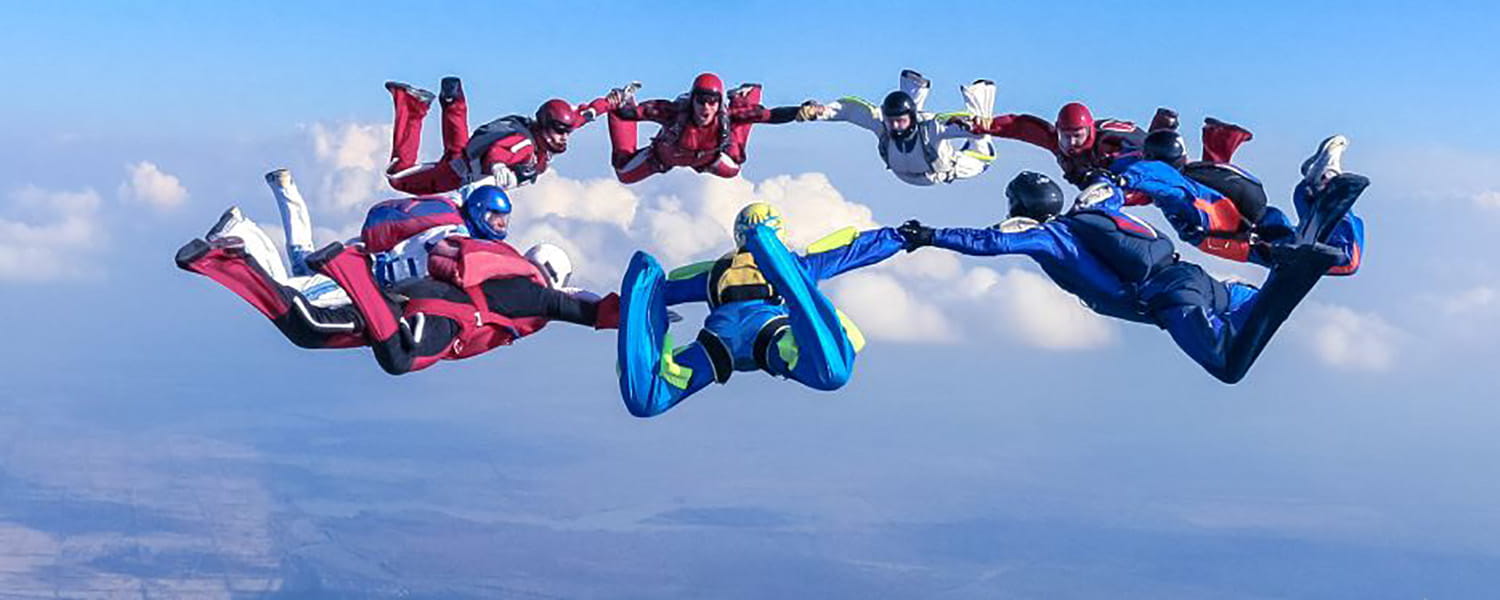Over the last three months our technical asset management team has been working very closely with our operations excellence management consultancy team. The management consultants frame and drive business processes for clients, providing structure and discipline to help improve operational efficiency. Adding the right technical skill sets into this mix is valuable for clients who do not have in-house depth of technical knowledge. This enables decisions that are technically infeasible or inefficient to be challenged; which, in turn, leads to efficiency in implementation
The approach
Several of our management consultancy processes utilize a stepwise approach. Whether this is defined as three, five or six steps, there is common intent to help our clients maximize asset value and minimize cost while maintaining safe, secure, and reliable operations by:
- Understanding the challenges
- Defining the framework and delineating the requirements for improved performance
- Implementing effective strategies
The benefits
For existing operational assets, we are plagued by a reliance on inferior quality data and/or systems to make key strategic decisions, whether to extend the life of the asset, reduce the OPEX costs of existing facilities, or report metrics to stakeholders.
Adding technical understanding enables the “so what” to be more easily quantified in terms of risk. It can assist in the minefield of mixed terminology we use and facilitate clear communication internally with our teams and externally with our stakeholders. In most cases, the “devil is in the detail” and being able to weed this out as early as possible is key.
Examples
- To mine or not to mine. A process facility maintenance data set has 50% of empty cells in the database – do we need to fill all of these to do our analysis? By understanding the technical implication of lack of data associated with the specific objective of our analysis, we can avoid unnecessary data mining. For example, no amount of effort to obtain detailed drawing, historic pressure, and temperature data will influence a decision on life extension if the inspection shows that significant defects are already evident or, conversely, if no degradation is apparent.
- Asking the right questions to get meaningful answers. Interrogating the Centralised Maintenance Management System (CMMS) which is managed by the facility team to find pipeline integrity data is not likely to produce results, as pipelines are not typically managed by the facility maintenance team. Rolling up KPI data to produced metrics from the CMMS will not inform on pipeline integrity. While some clients will have all their data in one place, asking a few questions can serve as a simple screening assessment to understand where data will reside and who is involved in the integrity:
1. Who manages pipeline integrity?
2.. What systems are in place to measure compliance with integrity management strategies?
3. When was the last inline inspection for pipeline X executed?
The solution
Across our industry we have a vast array of technical people - some who can see the bigger picture and some who are fantastic at the finer details and analysis. Blending teams that combine diverse viewpoints is a challenge, but one where the real benefits are readily apparent in understanding, defining, and implementing organisational change to enable increased performance of our assets. In a recent assignment, an immediate cost savings of $300k was immediately realized by embedding an equipment reliability technical expert with the onsite operations improvement team, which modified an existing work process and increased efficiencies.
To change performance for the better, an organization must first change the attitudes, beliefs, and behaviors of the people upon whom performance depends.




